Considering the staggering rates of global expansion and technology development, it’s impossible to imagine that there is even a sliver of this planet that remains undiscovered or unexplored. So, there’s a certain comfort in knowing that, even today, there are mysteries that remain unexplored.
From human-made, guarded structures to natural enigmas protected by environmental science, a slew of spots across the globe are entirely forbidden to outside travelers. Picture islands teeming with vipers, extraterrestrial secrets, locked mysteries of religion, virgin wildlife and entire societies that have never made contact with the outside world. Many of these locations are still shrouded in intrigue, with their goings-on staying behind closed doors. Other locations are better understood, though still off-limits due to a variety of safety, scientific or governmental regulations.
While the allure of the taboo is undeniable, you’d be hard-pressed to swindle your way into these forbidden destinations — and in many cases, you probably wouldn’t want to. Still, in a world full of places you can discover, it’s intriguing to consider the places you can’t.
Lascaux Caves, France
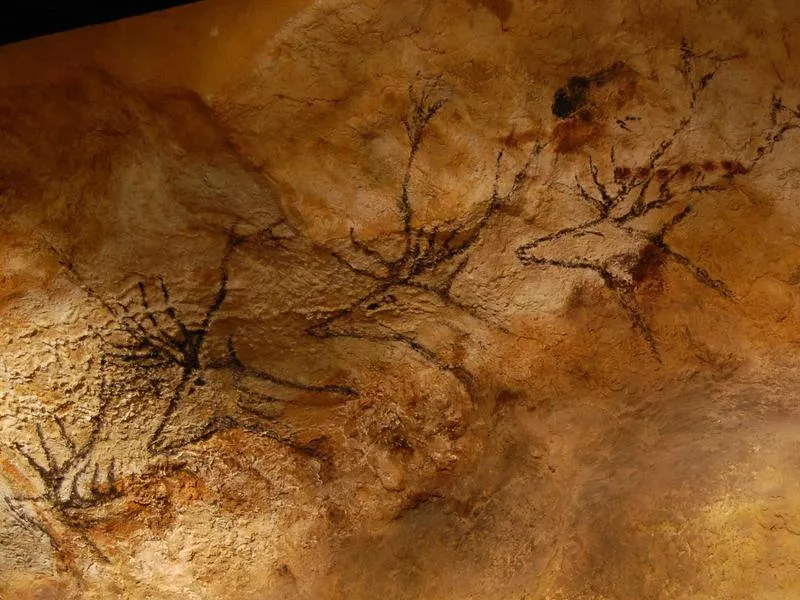
The prehistoric paintings at Lascaux Caves are incredible and off-limits. This image is a replica. Pline / Wikimedia Commons
In the quest to discover the history of the human race, there is one spectacular place that provides enormous insight. The Lascaux Caves in southwestern France are home to a series of stunning Paleolithic paintings, estimated to be up to 20,000 years old. The paintings, which plaster the walls of the cave, are hauntingly vivid, depicting stags, cattle, bison, cats and more. But the most incredible of all the paintings can be found in the Hall of the Bulls, which is known for its four bull murals, one of which is 17 feet long.
Sadly, the caves have been banned to the public since the 1960s, as they have been invaded by fungi and black mold, both detrimental to human health. Plus, human presence is considered destructive to the works of art.
Fortunately, though, you can experience the next best thing: There’s now a museum and cave replica right next to the real deal opened to the public.
North Sentinel Island, India
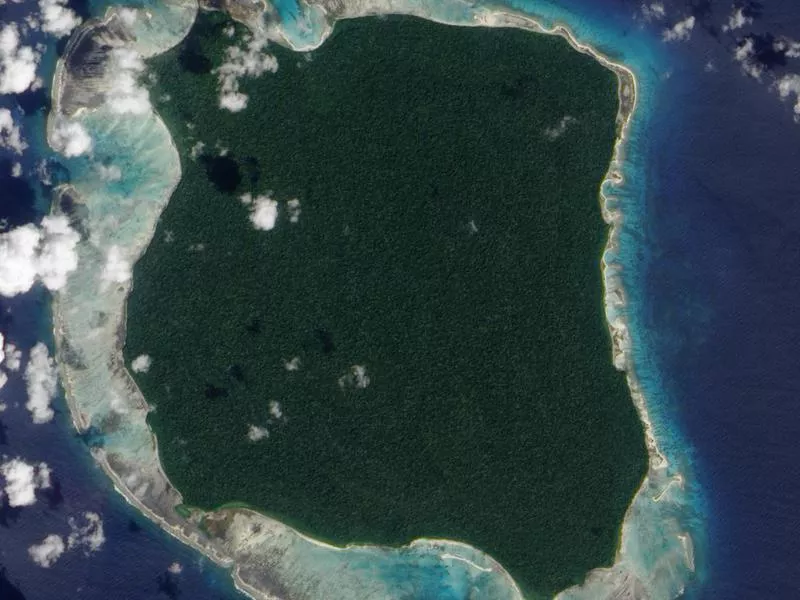
Natives have successfully kept this island to themselves for 60,000 years. NASA Earth Observatory image created by Jesse Allen / Wikimedia Commons
On North Sentinel Island, a small island in the Andaman chain in the Bay of Bengal, natives have long been opposed to the influences of the modern world. In fact, the Sentinelese people who live on the island refuse communication with any outsiders and are willing to get violent to protect their isolation. Following the 2004 tsunami, when the Indian Coast Guard flew a reconnaissance mission over the island, men reportedly emerged from the forests to shoot arrows at the helicopter, which did not land.
The Sentinelese have lived on the island for some 60,000 years, and with the protection of the Indian government — which prohibits visitors of any kind — it has successfully resisted anthropologists, authorities and tourists.
Bohemian Grove, United States
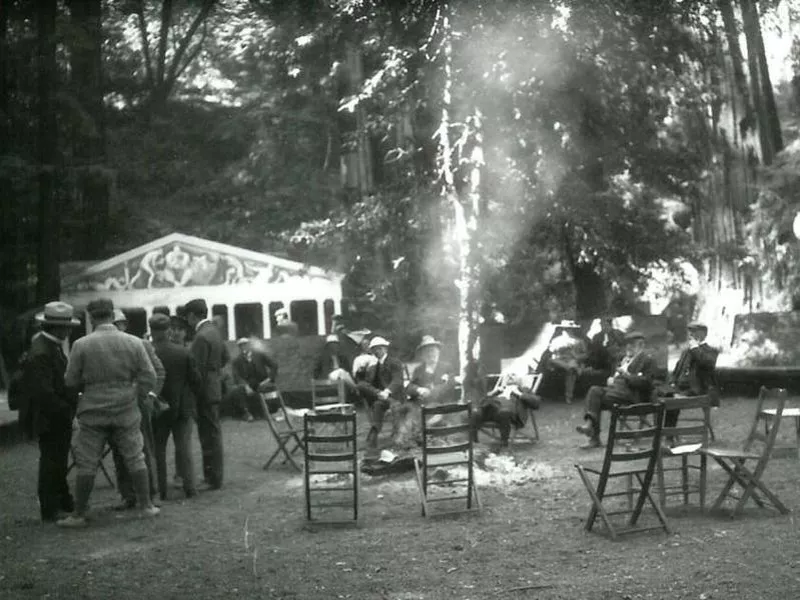
Novelist Jack London captured this rare shot of Bohemian Grove. Public Domain / Wikimedia Commons
Talk about a boys’ club. This 2,700-acre campground in Monte Rio, California, is the ultimate playground for men. Each July, the Grove hosts a two-week bacchanalian blowout for VIPs around the world. Past and present members include U.S. presidents, government members, business leaders, artists and musicians.
The event comes with a saying, “Weaving Spiders Come Not Here,” which means there is to be no business wheeling-and-dealing while on the grounds. Most infamously, there are rumors that Bohemian Grove hosted a Manhattan Project planning meeting in 1942, which resulted in the atomic bomb, though this cannot be proven.
Membership is highly exclusive. Translation: You won’t be accepted. (Assuming you’d even want to be.) And the goings-on are highly top secret.
Tomb of Qin Shi Huang, China

Some Terra-Cotta warriors are visible to the public — but the vast majority remain off limits. Kevin Poh / Wikimedia Commons
The Terra-Cotta Warriors at Xi’an is one of the most important discoveries of all time. Thousands of unique, one-of-a-kind lifelike statues depicting ancient Chinese warriors filled underground caverns of the burial complex of China’s first emperor, Qin Shi Huang. But while the site is one of China’s most prominent tourist attractions, the tomb itself still remains a guarded mystery.
The tomb will likely remain sealed for the foreseeable future, as it is rumored that there are booby traps protecting it from invaders. There is also a high concentration of mercury within the tomb that would be deadly to anyone who entered without the proper precautions. The only glimpse we have into this treasure are the 2,000 warriors that are exposed to the public. Still, it is said another 6,000 remain within the tomb, along with myriad other treasures.
Mezhgorye, Russia
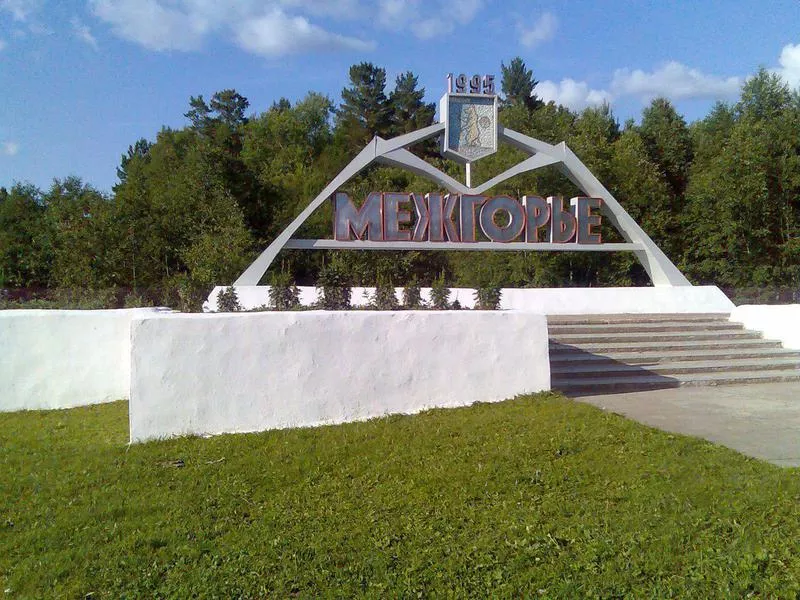
This sign in Mezhgorye translates, ironically, to “Welcome.” Pesotsky / Wikimedia Commons
Exclusive communities are one thing, but in Russia, there is an entire town that is closed to the public. Mezhgorye sits in the Ural Mountains, about 120 miles from Ufa, the capital of the Republic of Bashkortostan.
Founded in 1979, this small town is said to be home to a nuclear missile site. Though unconfirmed, it is believed that the site contains automatic missiles that can be activated remotely. The town is guarded by two battalions that prevent any outsider from visiting. The only information we have on Mezhgorye is taken from satellite images and The Kremlin claims that the site is used for mining, an emergency bunker for Russian leaders and a vault for the nation’s treasures.
The world may never know, and if it is a nuclear site, let’s hope we don’t have the opportunity to find out.
Niihau, United States
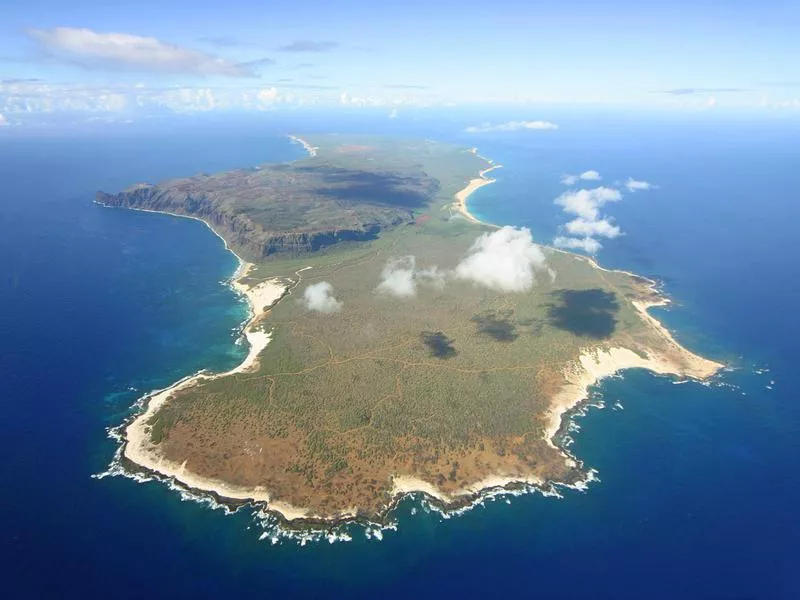
This stunning Hawaiian island is enjoyed exclusively by residents. Polihale / Wikimedia Commons
Hawaiian island-hopping is a beloved pastime for travelers. But if you think you’ve hit all of the islands, think again.
One mysterious island, Niihau, is nicknamed “The Forbidden Island,” and that is not an exaggeration. Even its visibility remains elusive, as the only way to catch a glimpse of it is as the sun sets over Kauai’s Kekaha Beach, when its silhouette emerges. The island has been owned by a single family for more than 150 years and has been kept off-limits to the outside world.
The only people who can enjoy the island’s splendor are its residents, all of whom are descendants of those who lived there before the island was purchased in the 1860s.
Mount Weather Emergency Operations Center, United States
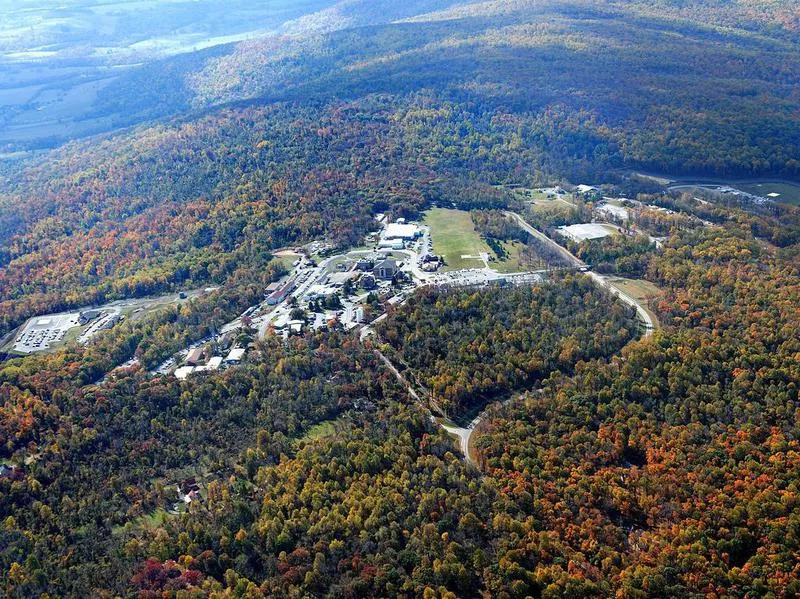
Thanks to this center, government officials will be protected in the case of an apocalypse. Civilians, you’re on your own. Karen Nutini / Wikimedia Commons
Not to be alarmists, but what do you have planned in the event of an apocalypse? Washington, D.C., is certainly prepared. Mount Weather Emergency Operations Center in Virginia — designed to be the safest place in the world in the event of global destruction — is the escape plan for U.S. government officials.
Built during the Cold War and now operated by FEMA, the center is designed to protect not only American government members but treasures of the nation, like the art in the National Gallery. Without the shiny seal of approval from the United States government, this souped-up bomb shelter is strictly off-limits.
Chernobyl’s Exclusion Zone, Ukraine
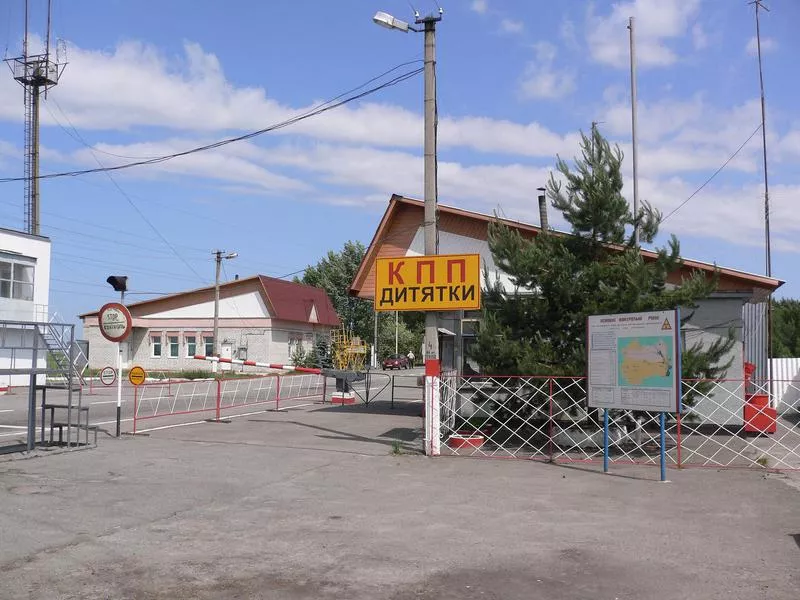
A blocked road makes it clear visitors are not welcome inside the accurately named Exclusion Zone. Nick Rush-Cooper / Wikimedia Commons
Thirty years ago, disaster struck nuclear reactor No. 4 in Chernobyl, sending radioactive clouds billowing into the air. Evacuations began immediately, but as the extent of the damage became clear, Soviet military officials declared an Exclusion Zone within a roughly 18-mile radius of the plant, turning the city into a veritable ghost town. Today, the Zone covers an area of about 1,000 square miles and still remains completely off-limits.
Tourists can get special permission to go, but it’s near impossible to do so. With a radiation level that is still highly dangerous, it might be a better use of time to scratch other destinations off your bucket list anyway.
Disney Club 33, United States
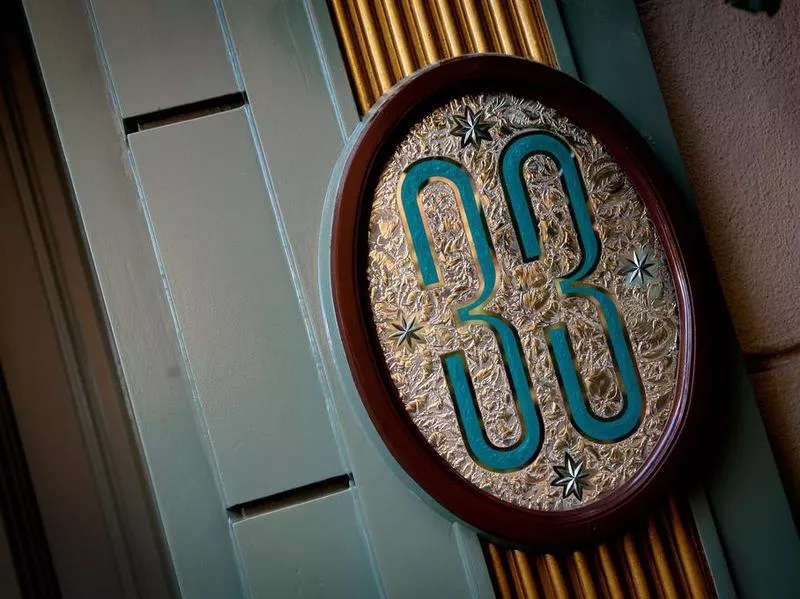
If you want access to this private club, you’ll need a special VIP invite. Josh Hallett / Getty Images
It might be the happiest place on earth for the masses, but Disney also has a secret that is reserved for only the elite.
Disney Club 33 is by far the most exclusive place in the Disney empire. Walt Disney himself created the club as a lounge to entertain business associates but never actually got to enjoy it, as he passed away before it could open. But open it did (with a liquor license, to boot — the only place in the parks that serves alcohol).
Access is invitation only, but an invite doesn’t necessarily guarantee entry. You also need to fork over about $100,000 to solidify your membership and then annual dues are about $30,000 per year. Or you could just stick to the It’s A Small World ride and learn to find joy in that.
Diego Garcia, Indian Ocean
This island in the Indian Ocean, which used to be part of the United Kingdom, was used as a pawn to settle a $14 million debt owed to the United States. Today, it is used as a U.S. military base, but no one is allowed to visit.
According to reports, there are 654 buildings on the island and about 4,000 military personnel, but their activity is strictly top secret. There are theories, of course, as there always are with all things secret. Some people believe that there is a secret military prison.
The only thing that is known for sure is that Diego Garcia was the launch place for military flights into Afghanistan and Iraq.